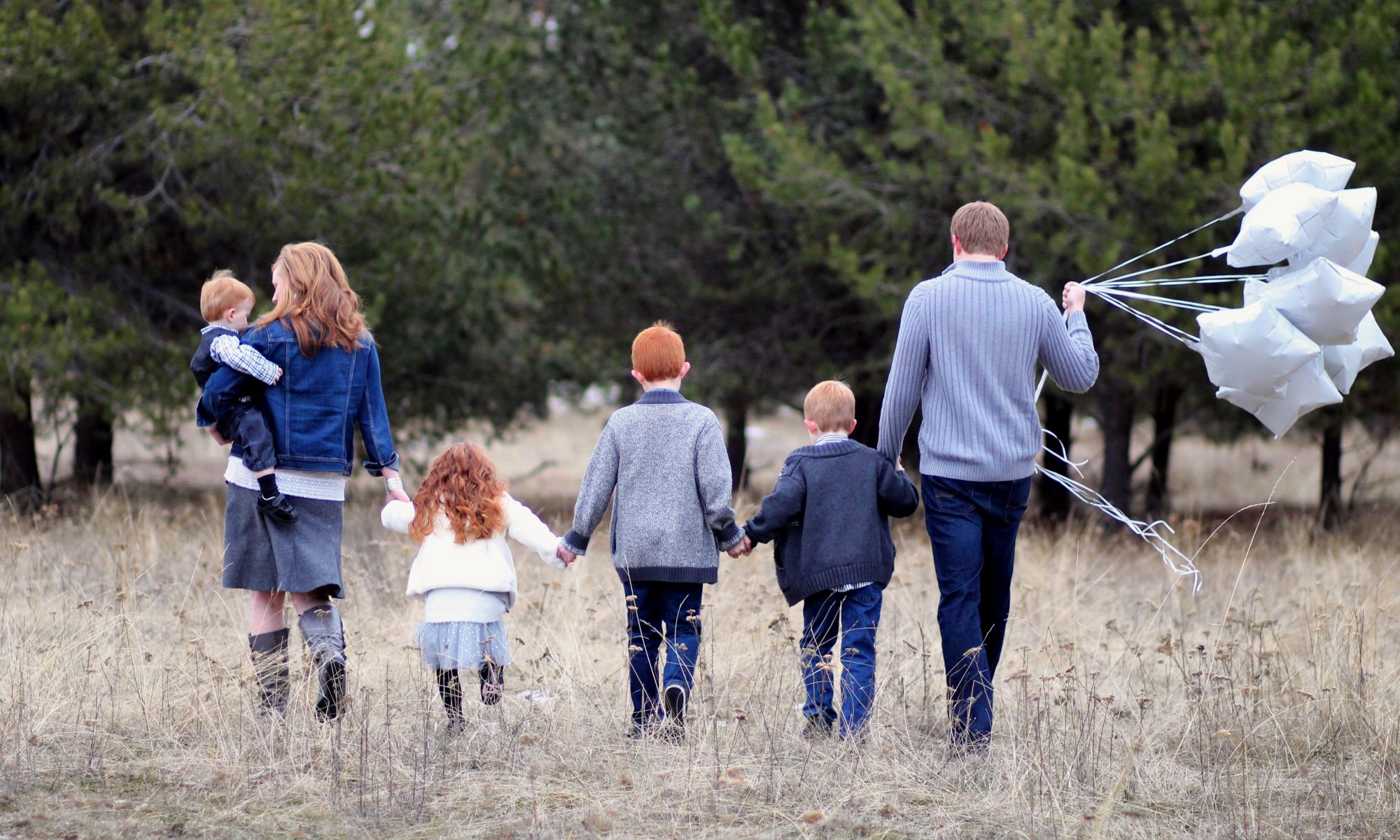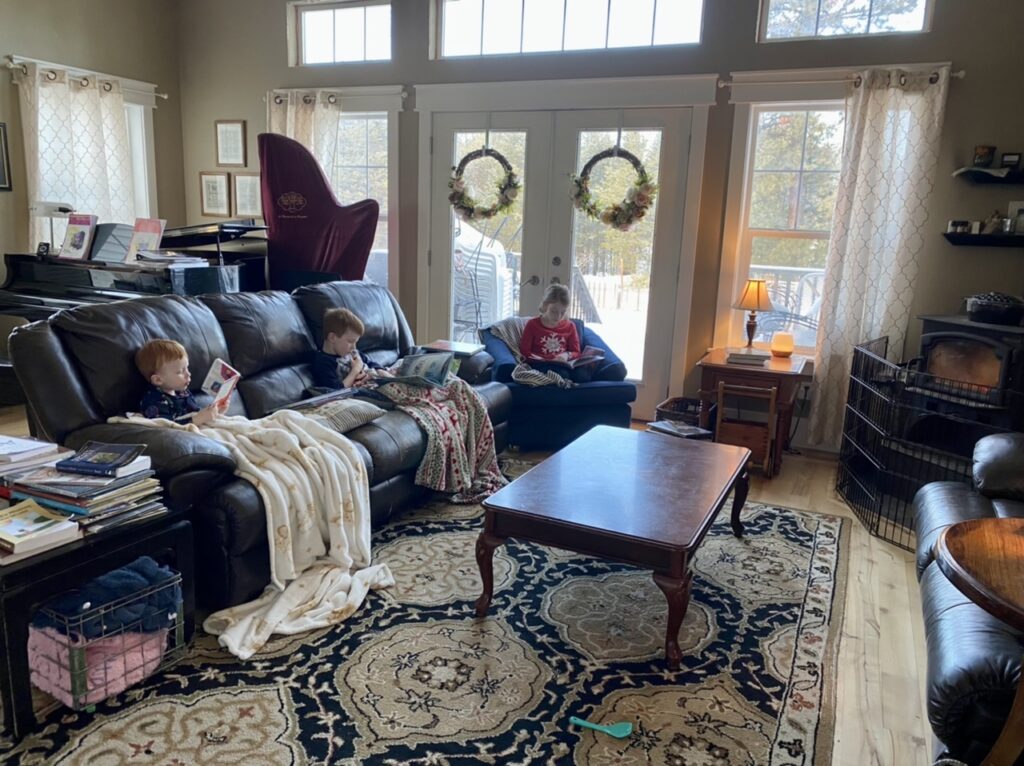I think the size and structure of any given community necessarily requires different types and levels of organization underneath it. The bigger the garden or the more intricate the garden plan, the more prep & planning is involved at the front-end of things. The front garden spot in my yard took a lot of work the first year, but since I planted perennials, it really is just about maintenance at this point, ten years later. My vegetable garden in the back yard is a different story. We reorganize it, add raised beds, and iterate the watering system just about every year; we are still figuring out the best methods for fertilizing and composting, and experimenting with different types of foods to grow as well as where to purchase seeds & starts. It’s more like starting from not-quite-scratch every year than it is simple reiteration or maintenance. Year over year, it remains an enormous project, and I never feel like my thumb gets much greener. But I still jump in and try!
At this point, I still run Paideia Northwest almost completely on my own, so I am able to keep the organizational structure pretty simple. Running a ten-family weekly homeschool co op has required more official paperwork and organizational communication than running an annual conference for hundreds of registrants. That seems rather backward to me when I ponder it on the surface! I think the reason for this, however, is that the homeschool co op is meant to be more of an equal cooperative of families mutually serving one another – which means more shared burdens and equal servanthood and bearing of the load. The conference is more of a business structure (although I treat it as a ministry, in practical application), where I run it from the top down, and I am slowly learning to delegate and
CONFERENCE ORGANIZATION:
If I were to have more women officially on the Paideia Northwest team, I think I would likely use a GoogleDrive format similar to what I previously described in my co op organizational habits. Since it’s pretty much just me, though, I find using Word documents and the Notes app in my phone is adequate. I have a website, social media accounts, and email account for communication, registration, and marketing. I also have SurveyMonkey and MailChimp, although I think we have outgrown both platforms’ free versions – so I need to probably iterate those things and find replacement programs (or budget for their paid versions). I communicate with my advisory teams mostly via Voxer chats or texts. But I keep all my documents and lists and recaps on my laptop, and just email them to people when such times become pertinent.
What kind of documents?
-conference master list, by year
-speaker agreement packets
-brochures
-letters to churches, schools, and co ops
-vendor agreement packets
It’s the master list that really is like my brain download.
It contains:
-Task List
-Spending Recap
-Packing List
-Conference Schedule
-Volunteer Teams (Set Up Crew, 2 Coffee Crews, Luncheon Crew, Clean Up Crew)
-Task Lists for each Team
-List of Vendors
-List of Journal Ads
-List of Giveaway Items
-Personnel (Names, Position, Contact Info)
-Bio of Each Speaker
-Intro for Each Session
-Hymns & Prayers & Scriptures
I think it is the Task List that makes people the most curious. What in the world does it take to plan, prep, and pull off an annual conference for hundreds of women? (200 the first year… expecting over 400 this year… it has grown year over year, and has always sold out very quickly!)
I can generally break down my tasks into monthly sections. I endeavor to have six months “on” followed by six months “off,” but it doesn’t cleanly slice that way, because I actually do things for the conference off and on all year long. But the mindset I have is kind of six and six, more or less, and mindset is a big foundation for how this all plays out. On a most basic level (because yes, it actually IS more involved and complicated than this list: so this list is simply the basics), it looks like this:
Jan: email & social media sparsely; contact speakers to finalize agreements; make sure taxes were all done and filed properly
Feb: email & social media sparsely; communicate with speakers and location as necessary
Mar: clean out last year’s inbox and documents to make room for organizing this year’s
Apr: design this year’s conference graphic; try to finalize location; book AirBnb for conference personnel
May: make sure location is finalized; share graphic and other artistic elements online; check email regularly; social media regularly; begin to plan swag and decor
Jun: introduce each speaker on social media; schedule registration date for Aug; check email regularly; social media regularly; experiment or shop around for swag and decor
Jul: finalize catering; contact potential vendors; mail brochures and fliers to churches, co ops, & schools in the region; check email regularly; social media regularly; finalize swag and decor; reserve hotel block
Aug: get website, MailChimp, and PayPal set up; open registration; order pens and stickers and other swag; record & release short podcast episodes with each speaker
Sept: follow up with potential/committed vendors; be vigilant with email and social media; purchase decor; plan clothing for conference
Oct: close registration 10/1; make sure all digital files are received on time; place shirts order; finalize all Master List details; make sure all drinks and snacks and paper goods are purchased; fill my freezer with freezer meals for the weeks surrounding the conference; make sure volunteer lists are finalized and task lists emailed out; design, create, & order conference journals
Nov: daily email and social media interactions & updates; print name badges; stuff name badges; write checks for all speakers; write thank you notes; pay caterer; pay location; get all swag bag contributions; stuff bags; shop for any last minute items; get ahead on homeschool commitments and co op duties the week before the conference; spend one day packing vehicles; spend one day setting up; plan to have at least 48 hours of recuperation after the conference with zero outside commitments; send thank you emails; send survey; send audio & video file links to all registrants
Dec: keep an eye on email and social media; make sure the recording links were sent out and received; rejoice over God’s good work; make sure all the moneys and taxes and receipts are in order and ready for upcoming tax season; pack away all the conference supplies in the basement
This is just a quick summary of the biggest points, the main tasks that absolutely have to be accomplished. And this just follows a general timeline of what I have found works best for me. I don’t get paid to do any of this work (which is what I mean when I say that I treat this as a ministry – I don’t cut myself a paycheck or anything – all my time is donated, and a lot of my personal resources are also donated), so it has to be spread out among many months in order to make it doable. I am in a busy season of life (is there ever a season that isn’t busy?! I’m doubting it…), and I will never get any of these days back. I do not want to come to the end of my life and wish I had not done what I am currently doing. I want to be wise. I want to serve. And I want to follow the Lord’s plans for me. And a good portion of that means that I need to plan well and wisely in the midst of the busy hours, days, months, years, and seasons. Planning with hope and joy and intentionality.
I didn’t even plan my own wedding and reception, to be honest, so when I decided to plan a conference including catering and swag bags, I went into it with about as little experience as a person could imagine! In fact, I’ve also never been to any kind of educational conference before. I have never once attended a homeschooling conference! And while that surprises people when I mention that, I kind of wonder if it keeps Paideia Northwest unique and fresh. I essentially plan according to what I genuinely would personally find helpful, beneficial, and sweet. I do not plan anything according to what “should” be done according to any kind of other event standards. I am not trying to copy what anybody else does anywhere else. In fact, from what little bits and snippets I have seen online of occasional other conferences, I would actually prefer NOT to emulate many of the things I’ve seen.
The main reason I felt the need to pursue Paideia Northwest in the first place, though, was because there were no options in the area that I could attend. As a fulltime homeschooling mama in a family with a single income, I do not have the time or finances to pursue the luxury of traveling hither and yon to places around the country to fill the need I felt for this kind of community, connection, encouragement, and resources. And that is precisely why I have never been to a homeschool (or other educational) conference or event! I have dreamed about attending some. But that’s what it has remained: dreams.
So in general, I find it to be a good practice just not to look around at other events too much. Not only do I not want to cast sidelong glances (contentment and comparison can both be hard), but I also don’t want to get distracted from what is needed HERE. I am trying to be attuned to what I hear women in my own region saying blesses them, encourages them, and urges them to raise and educate their kids with faithfulness according to what God has led their families to do.
And that’s one of my main points about cultivating community all over again: it has to be intentional, and it needs to be about what is needed where you are, among the people you’re with. Just because it is a community, doesn’t mean it is the right community for every place or gathering of people.
We need to be asking what does God want me to do here, with this specific community, and the specific gifts He has given to me?

